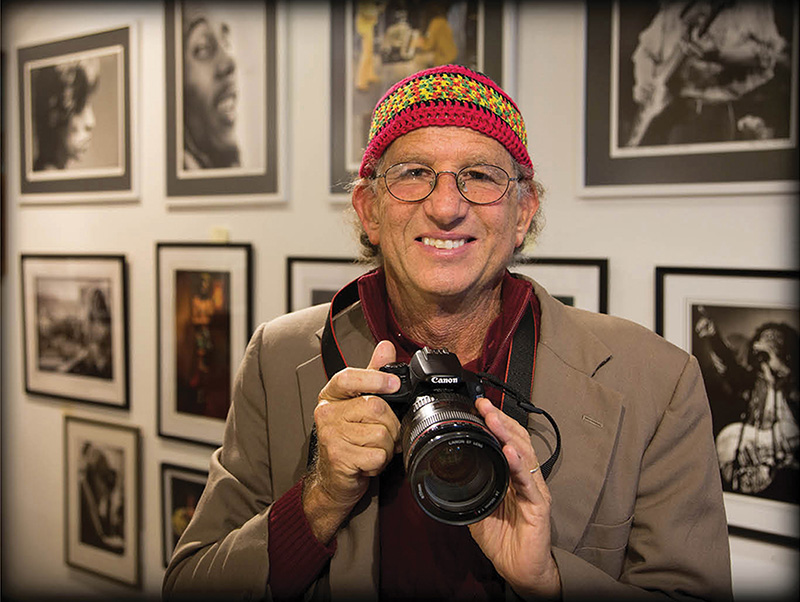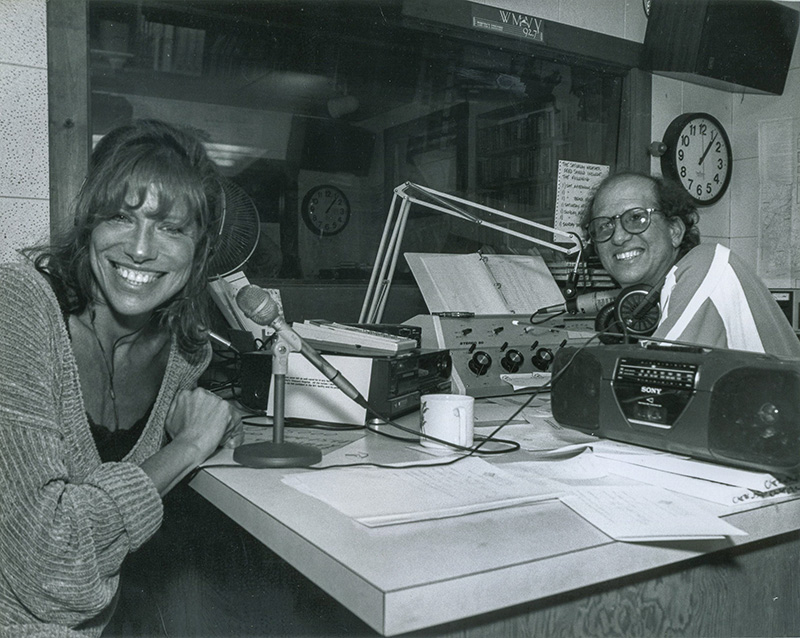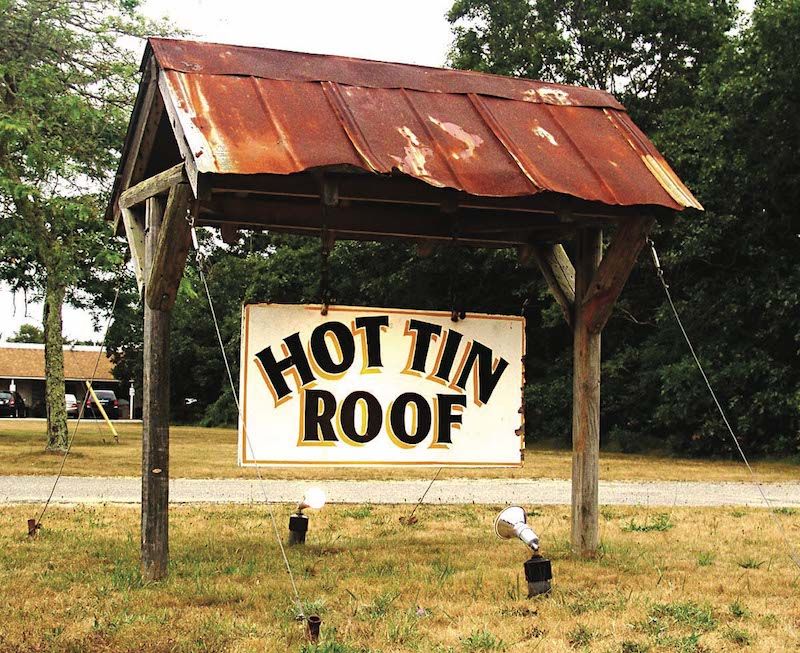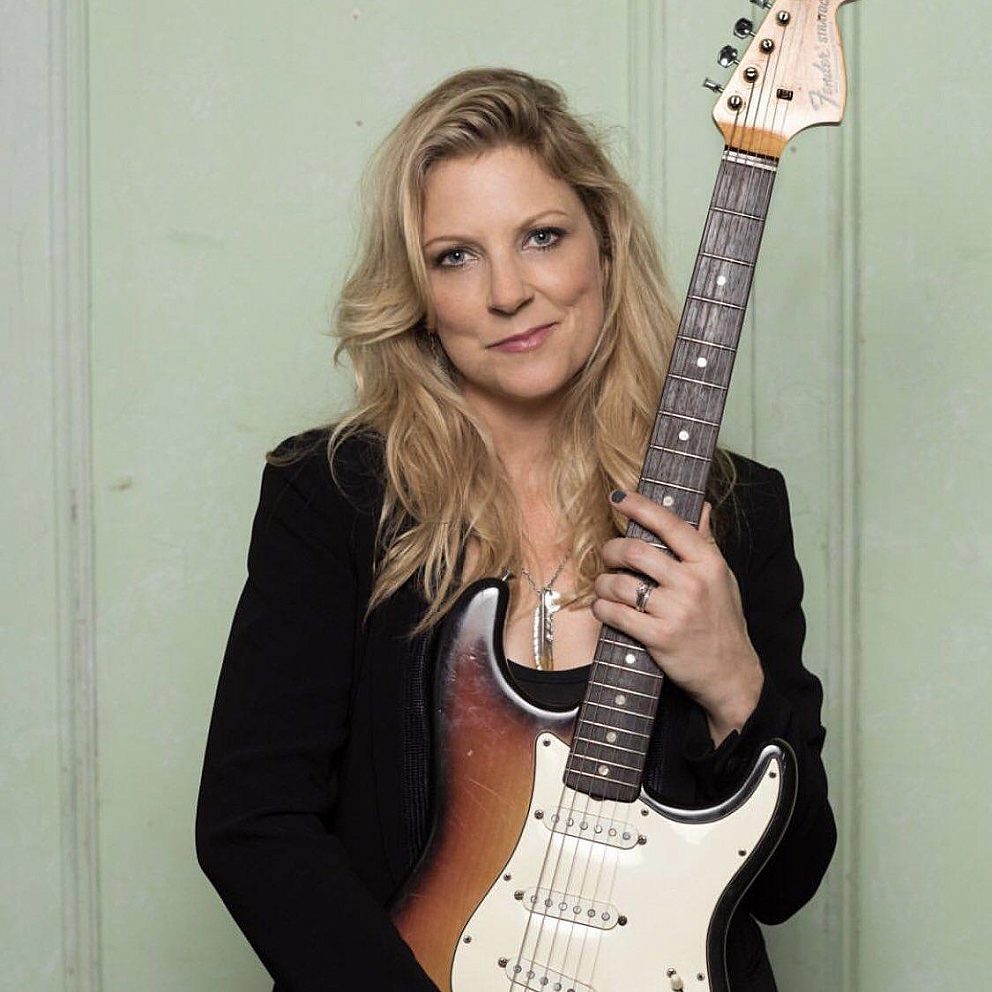Peter Simon
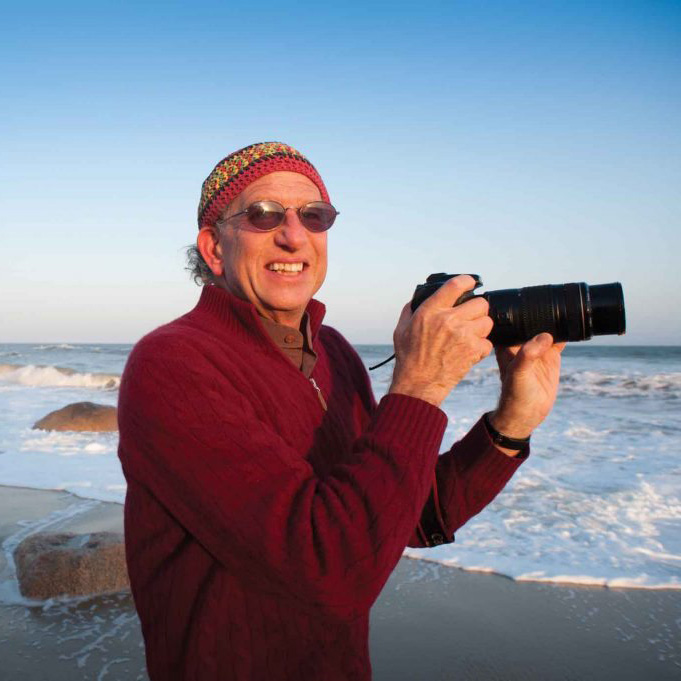
Peter Simon was many things to many different people. But two things were constant: he was one of a kind, eclectic and unique, and he gave everything he had to everything he did. The perfect combination of perpetual teenager and ancient mariner, he lived a casual, beatnik life and documented on film some of the top musical names from the ’60s and some of the era’s most significant events and influential people.
Born in 1947, the son of Andrea and Richard Simon (co-founder of publishing giant Simon & Schuster) and brother of Carly, Lucy and Johanna, Peter Simon went to private schools growing up. His childhood home, a six-story apartment building in the affluent Fieldston section of Riverdale in the Bronx, was often filled with famous artists, politicians and athletes, including composers Rogers and Hammerstein, various governors, mayors, congressmen and senators and Jackie Robinson, the first Black player in Major League Baseball.
In fact, baseball was always big in his life. He grew up spending time with Jackie Robinson, whom he called Uncle Jackie, and his parents invited the Robinsons to live in their Connecticut home when they heard no realtor would show a home to a Black family. Simon the New Yok Mets and he met his wife Ronni in a Cambridge apartment while watching the seventh game of the 1975 World Series (when the Cincinnati Reds beat the Boston Red Sox). After the game, Peter said, “I have tickets to Toots & The Maytals. Anyone want to go?” The couple went together, strolled along the Charles River late into the morning and were married two years later.
FIRST CAMERA, PHOTOGRAPHER INFLUENCES, STYLE
Simon once explained that he never felt comfortable as a young child, always feeling like an outsider, but said that changed immediately at age 11 after his father gave him a Polaroid camera. He started taking pictures everywhere and transformed from being an inelegant juvenile into the hip young man with the camera, the kid who could take great snaps.
He lists his photographic influences as Robert Frank, Bruce Davidson and Henri Cartier-Bresson – especially Cartier-Bresson’s review of his photojournalistic process, The Decisive Moment (Simon & Schuster, 1952) – but said his biggest inspiration was his father, an amateur photographer himself. As a child, Simon spent endless hours in the darkroom watching his dad develop his pictures. “Never throw anything out,” he recalls his father saying. “Save every negative you’ve ever taken.” In terms of his own style, he says he condensed it to some degree in relation to his major influences. “To capture the decisive moment, you need to get in the right spot and wait until everything comes together,” he says. “The difference between moving an inch or two to either side will make the shot completely different.”
BOSTON UNIVERSITY, EARLY MAGAZINE WORK, REGGAE BLOODLINES
In 1965, Simon enrolled at Boston University and got caught up in the Vietnam War protests and student resistance to government, big business and authority in general. He went to work for the BU newspaper, which at the time was the largest college publication in the US and was at the center of all the student movements. He also got involved in the growing local music scene and teamed up with journalist Stephen Davis on some assignments.
Simon moved from the college newspaper to The Boston Globe, The New York Times, Rolling Stone and the most widely respected photography magazines of the era, Life. In 1977, he and Davis collaborated on a book, Reggae Bloodlines: In Search Of The Music And Culture of Jamaica, and they spent almost 50 years working together on roughly 30 other titles. Simon toured with several major bands including Led Zeppelin, The Grateful Dead and The Rolling Stones, taking thousands of photos on the journeys.
MOVE TO VERMONT, MOVE TO MARTHA’S VINEYARD
After college, when his career as a rock-and-roll photographer was taking off, he took a detour; Peter abandoned the glamour of the touring life and turned his focus on the “back to the land” movement. He bought a farm in Vermont called The Frog Farm and turned it into a commune. He chronicled this time in his most personal book, I and Eye: Pictures of My Generation (Bulfinch, 2001).
In 1972, Simon sold the farm and bought a shack in Gay Head, on Martha’s Vineyard, staying there seasonally for almost 16 years before living there full time starting in 1988. The island’s rural way of life mixed with its constant flow of visitors from major cities was the perfect combination for him and he was one of the Vineyard’s most enthusiastic champions, documenting every season for decades. From morning to night, from starry night skies to farms, towns and beaches to all the different people, Simon caught it all with his camera.
In 1969, he started shooting for the Vineyard Gazette and in 1988 he created the first Peter Simon calendar. He never missed a year, producing the 2019 edition in the months before his death in November 2018 at age 71. Simon contributed photographs to many books, including On the Vineyard I, II and III, and the 2017 retrospective To Everything There Is a Season.
MUSICAL COLLABORATIONS, PRIVATE COLLECTIONS, THE SIMON GALLERY
Music was always in his life, too, whether heading off on an assignment for a national music magazine or shooting pictures of the local one on the Vineyard at The Hot Tin Roof, the club his sister Carly established. He also produced three island sound compilations of music with local talent and national artists who visited the Vineyard, from Johnny Hoy & The Bluefish and Maynard Silva to Tom Rush, Susan Tedeschi, Carly, her former husband James Taylor, members of the Taylor family and their children, Sally and Ben.
Peter also deejayed his own show, Private Collections, on the Vineyard’s radio station WMVY, playing music from his own vast collection – meaning a lot of reggae – and telling stories from his time on the road photographing bands. In 1988, with his wife Ronni, he opened The Simon Gallery on Main Street in Vineyard Haven. The University of Massachusetts Amherst must have been thrilled that Peter listened to his father’s advice on “saving every negative” when the school bought his massive archival collection.
LEGACY
“With Peter Simon, it was always hug first and talk later,” wrote The Vineyard Gazette at the time of his death. Asked for a comment on the man she’d known for decades, Kate Taylor (sister of James, Hugh, Alex and Livingston) spoke of him as an ever-present figure. “I’m not sure when I met Peter because it feels as if he has always been in my life. He was always there and was everywhere,” she said.
Regarding his artistry, Taylor talked about his gift for photography and the tremendous impact of his work. “He had an uncanny sense of the importance of events and the beauty of each day,” she said. “He chronicled the story of our time through his portraits of our musicians, poets, artists and our landscapes. He saw the glory of the natural world and he brought it to all of us through his photographs. When we look at the body of his work we see ourselves in our best light. His work was extraordinary and will be appreciated long after our days. He is missed.”
Peter Simon was never defined by his wealthy upbringing. He created a societal niche for himself throughout his lifetime and he made a career of photographing the famous and the ordinary with the same zeal and fervor. Peter Simon was very special. Peter Simon was one of a kind.
(by A.J. Wachtel)









